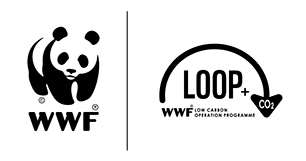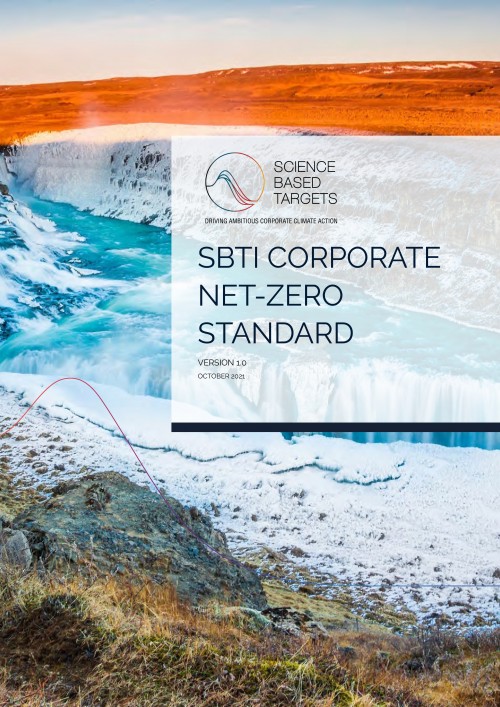On 28 October 2021, the Science Based Targets initiative (SBTi) announced the first science-based corporate net zero standard for companies to set net zero targets. This framework is believed to be an effective tool in guiding companies towards net zero while aligning to the goal in limiting temperature rise to 1.5C.
Key requirements of the Net-Zero Standard
Focus on rapid, deep emission cuts:
Rapid, deep cuts to value-chain emissions are the most effective and scientifically sound way of limiting global temperature rise to 1.5°C. The Net-Zero Standard covers a company’s entire value chain emissions, i.e. Scope 1, 2 & 3. Most companies will require deep decarbonization of 90-95% to reach net-zero under the Standard
Set near- and long-term targets:
Companies adopting the Net-Zero Standard are required to set both near-term and long-term science-based targets. With rapid emissions cuts to halve emissions by 2030, and must produce close to zero emissions and will neutralise any residual emissions that are not possible to eliminate by 2050
No net-zero claims until long-term targets are met:
A company is only considered to have reached net-zero when it has achieved its long-term science-based target. Most companies are required to have long-term targets with emission reductions of at least 90-95% by 2050. At that point, a company must use carbon removals to neutralize any limited emissions that cannot yet be eliminated.
Go beyond the value chain:
The SBTi recommends Companies to go further by making investments outside their science-based targets to help mitigate climate change elsewhere. There is an urgent need to scale up near-term climate finance; however, these investments should be in addition to deep emission cuts, not instead of them. Companies should follow the mitigation hierarchy, committing to reduce their value chain emissions before investing to mitigate emissions outside their value chains

